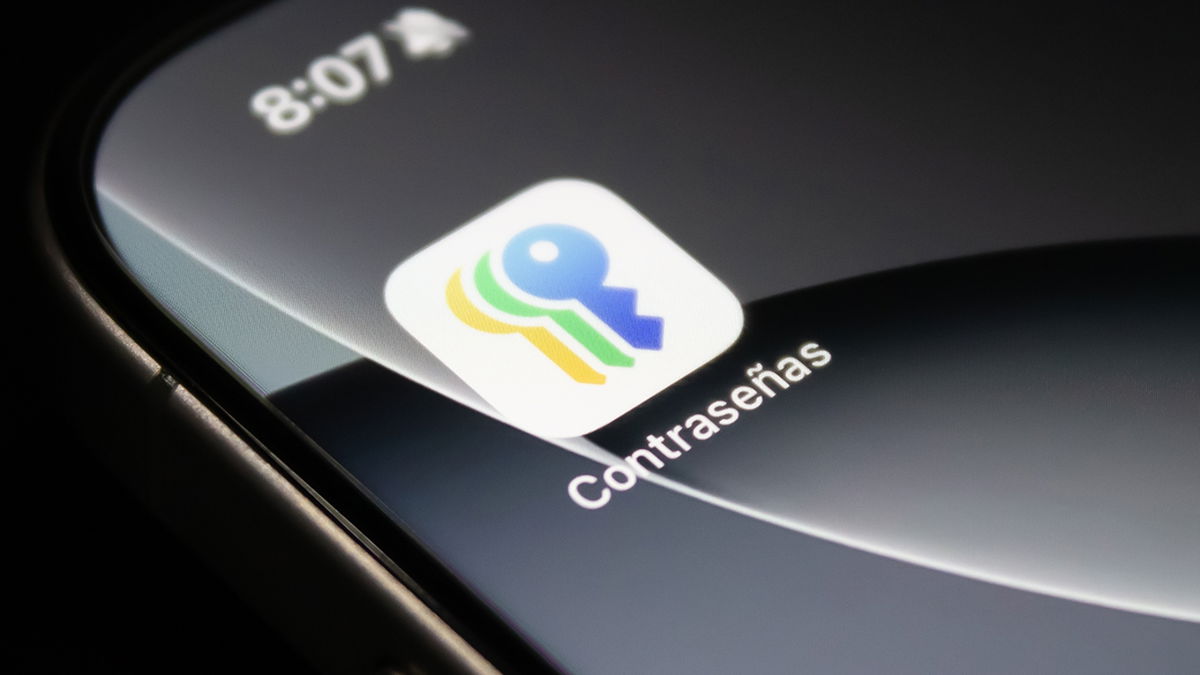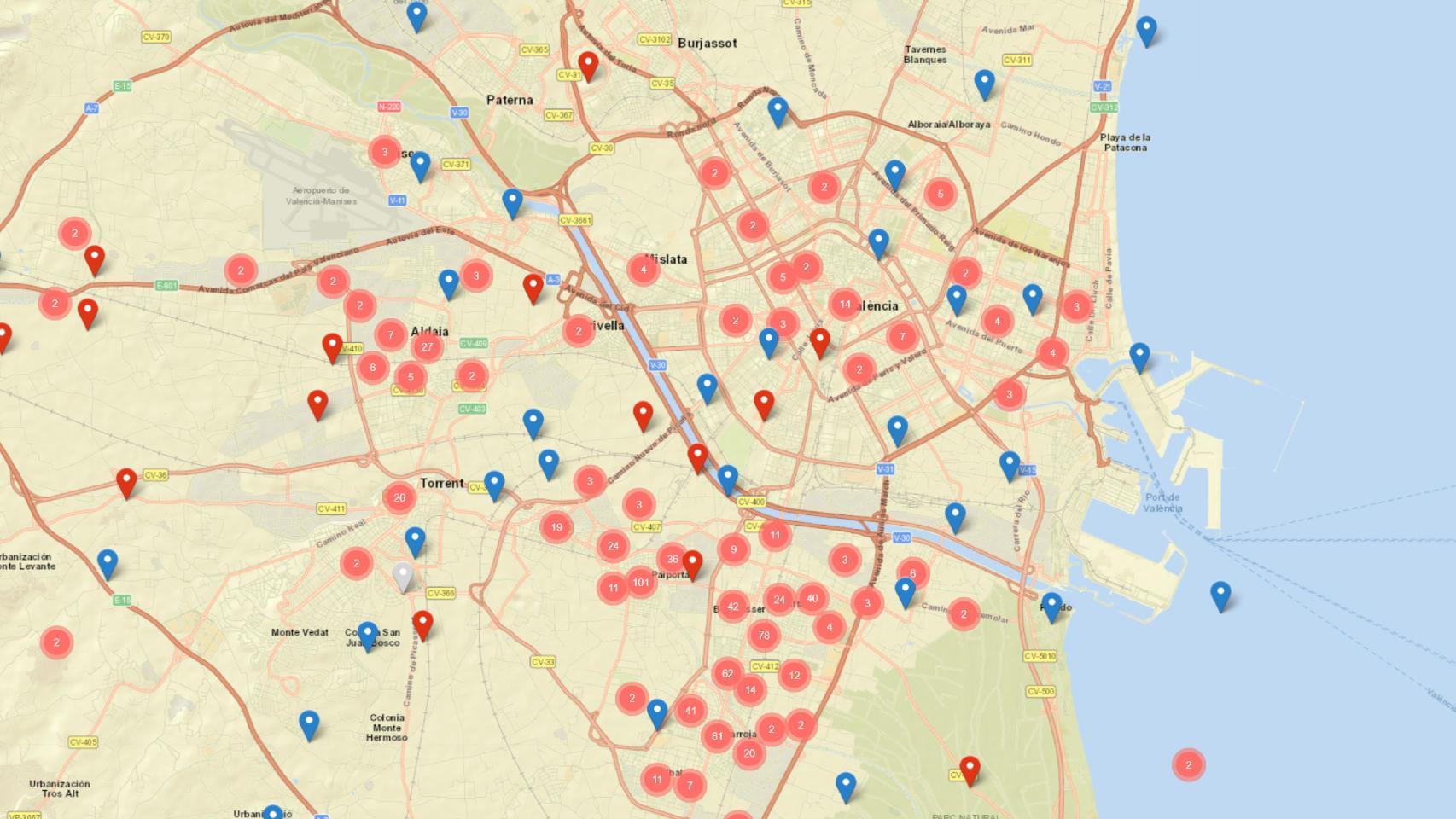The dynamic island represented the identification leap of the iPhone 14 Pro: we went from a notch to a “long hole” which Apple has taken advantage of very well with an interface according to iOS. And although this dynamic island has been with us for less than a year, some are already thinking about what will become of it in the future. Some rumors speak of an almost total reduction.
But aside from the rumors, who thinks the most about this future is Apple itself. And the empirical demonstration came out of his laboratories in the form of a patent which teaches us a future in which executives are reduced to non-existence.
The iPhone Jonathan Ive wanted, two decades later
The patent, which you can see in full courtesy of Patently Apple, describes how iPhone sensors can work directly under the display, eliminating the need for Dynamic Island and even the little black bezel that remains on the iPhone. .
And I’m not talking about some sensors, but all of them: FaceID and Touch ID sensors, LiDAR, microphones, proximity sensors, light sensors, motion sensors… everything. The only thing we would have on the front of the terminal above any other component would be the screen and nothing else. Jonathan Ive’s dream comes true.
If we compare the chassis of current iPhones, we must say that they are quite thick compared to what we see in some Android terminals. Going from these borders to almost nothing would mean a change that could convince those who doubt whether or not to renew their mobile.
Now, that doesn’t mean we’re going to see such a big change directly in the iPhone 15. It does mean that within a few generations, whatever that may be, we’ll see the end of any kind of “hole” in screens. of the iPhone.iphone.









